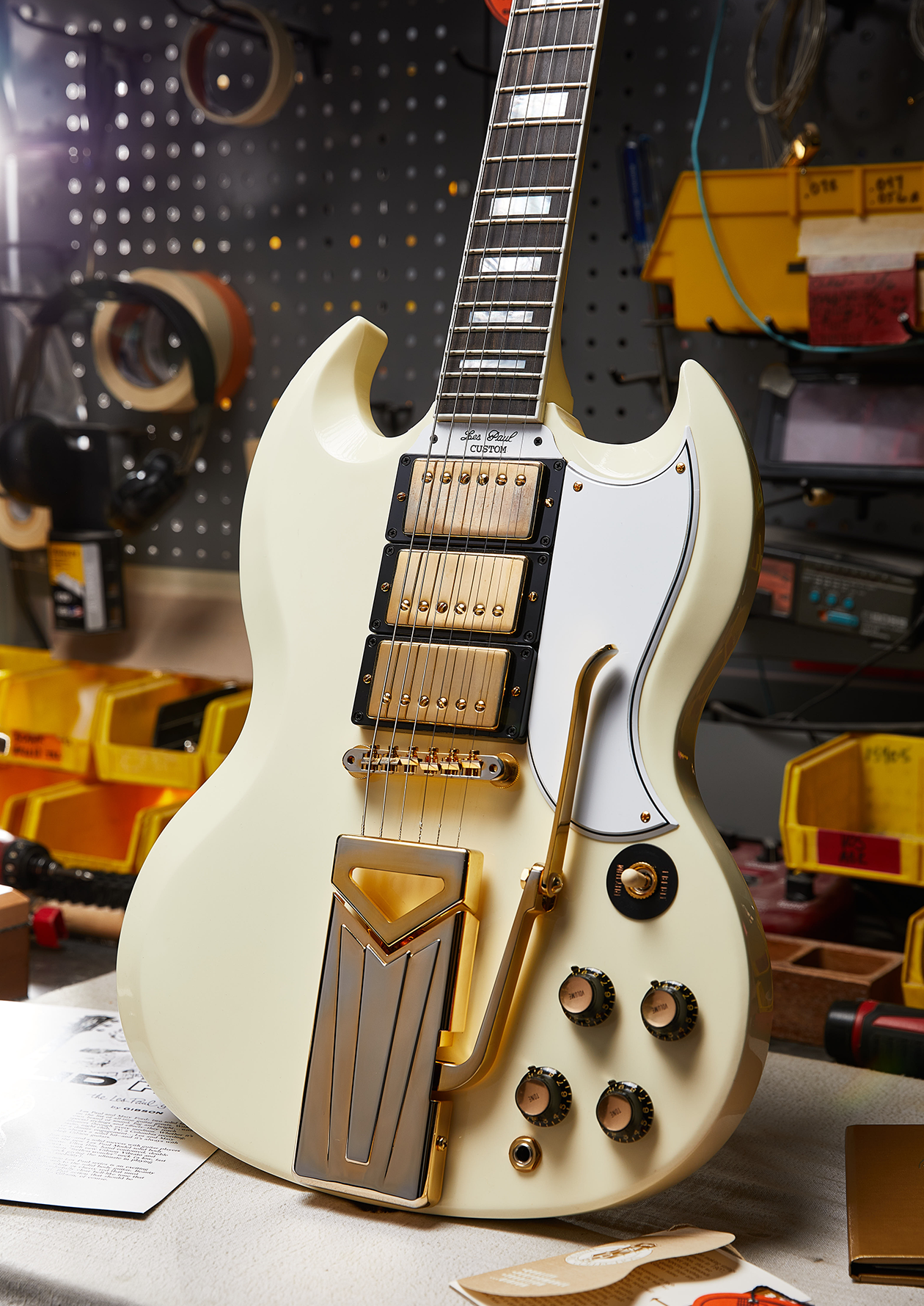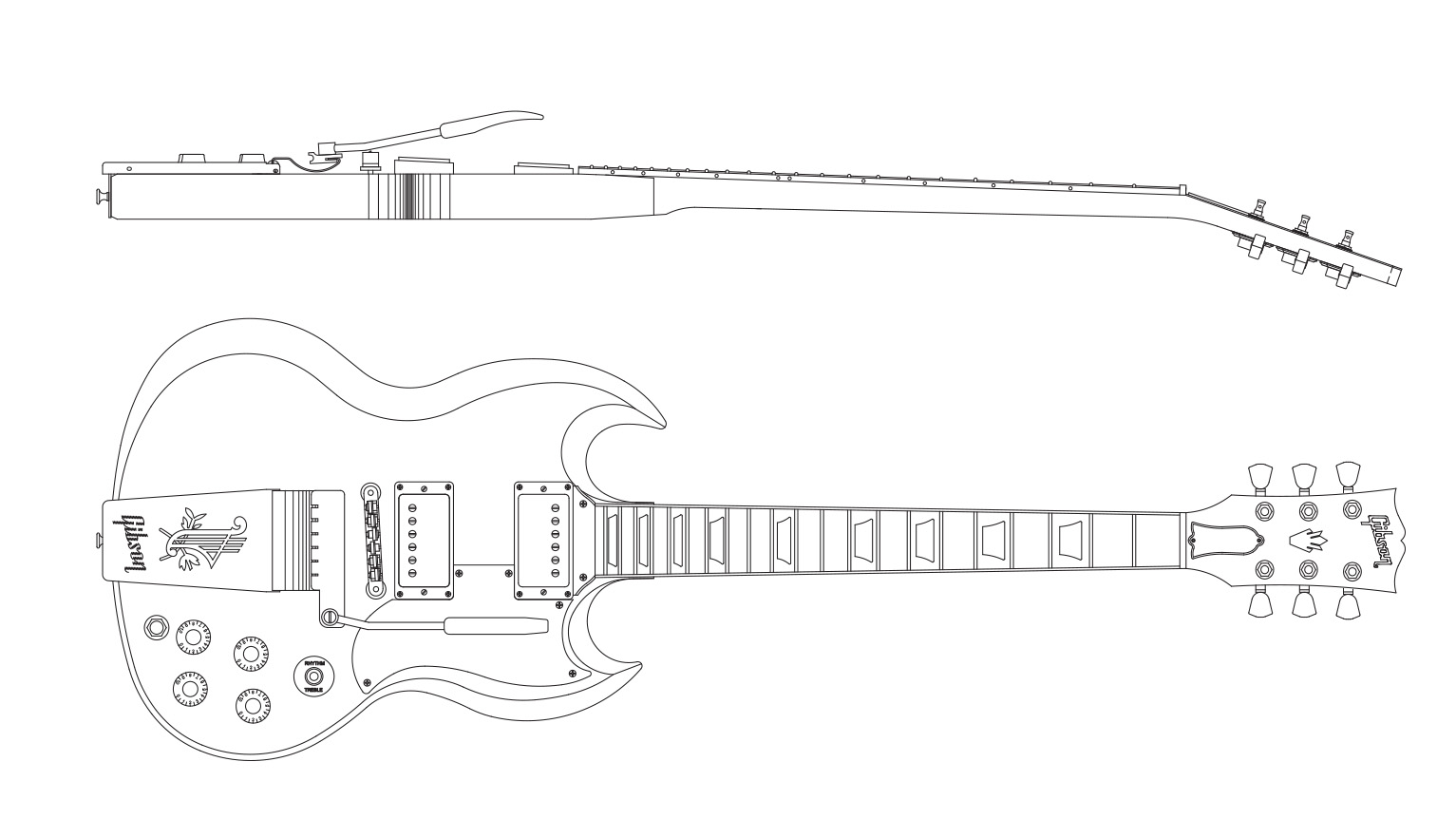Overview of Iconic Electric Guitars and Their Evolution
Introduction
- The hollow body electric guitar marked a significant breakthrough in amplifying guitar sound.
- The guitar pickup revolutionized music and the guitar industry.
- Most guitars on the market today are descendants of designs from the 1950s.
Key Guitars and Their Characteristics
1950: Fender Telecaster
- Original Name: Broadcaster (changed due to trademark issues).
- Design: First successful solid body electric guitar.
- Features:
- Two single coil pickups.
- Three-way pickup switch.
- Volume and tone controls.
- Sound: Known for its bright, open sound and twang from the bridge pickup.
- Notable Variants: Thin Line Telecaster (introduced in 1968) offers a warmer, darker tone.
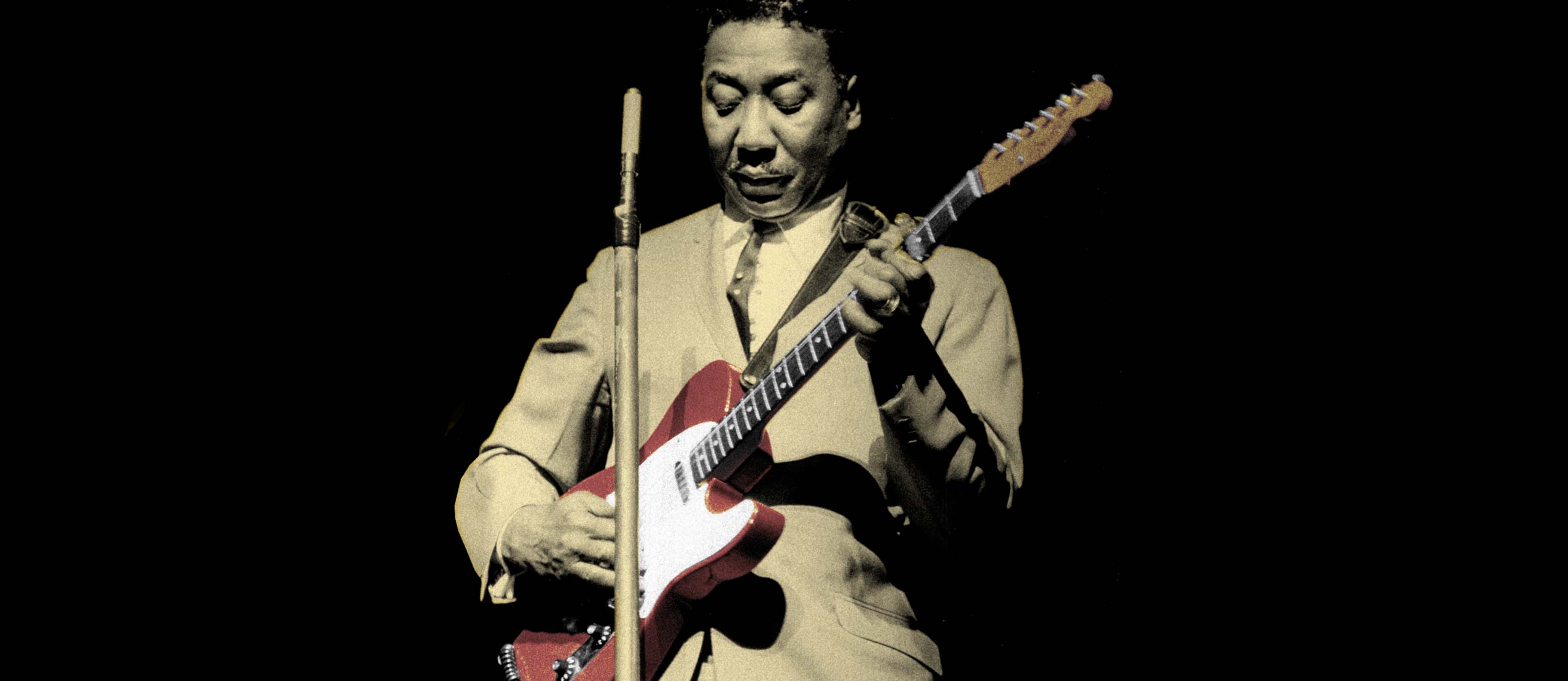
- Design: Single cutaway, initially built with a gold finish.
- Features:
- P90 pickups (Gibson’s version of single coils).
- Upgrades over the years included the introduction of humbucker pickups (PAF) in 1957.
- Sound: Thicker and warmer compared to the Telecaster.
- Rarity: Original models from 1958-1960 are highly valuable.

1953: Gretsch Duo Jet
- Design: Hollowed out body, lighter than solid body guitars.
- Features:
- Melita Synchro Sonic Bridge for better intonation.
- Initially featured two single coils.
- Sound: Bright and fat tone.
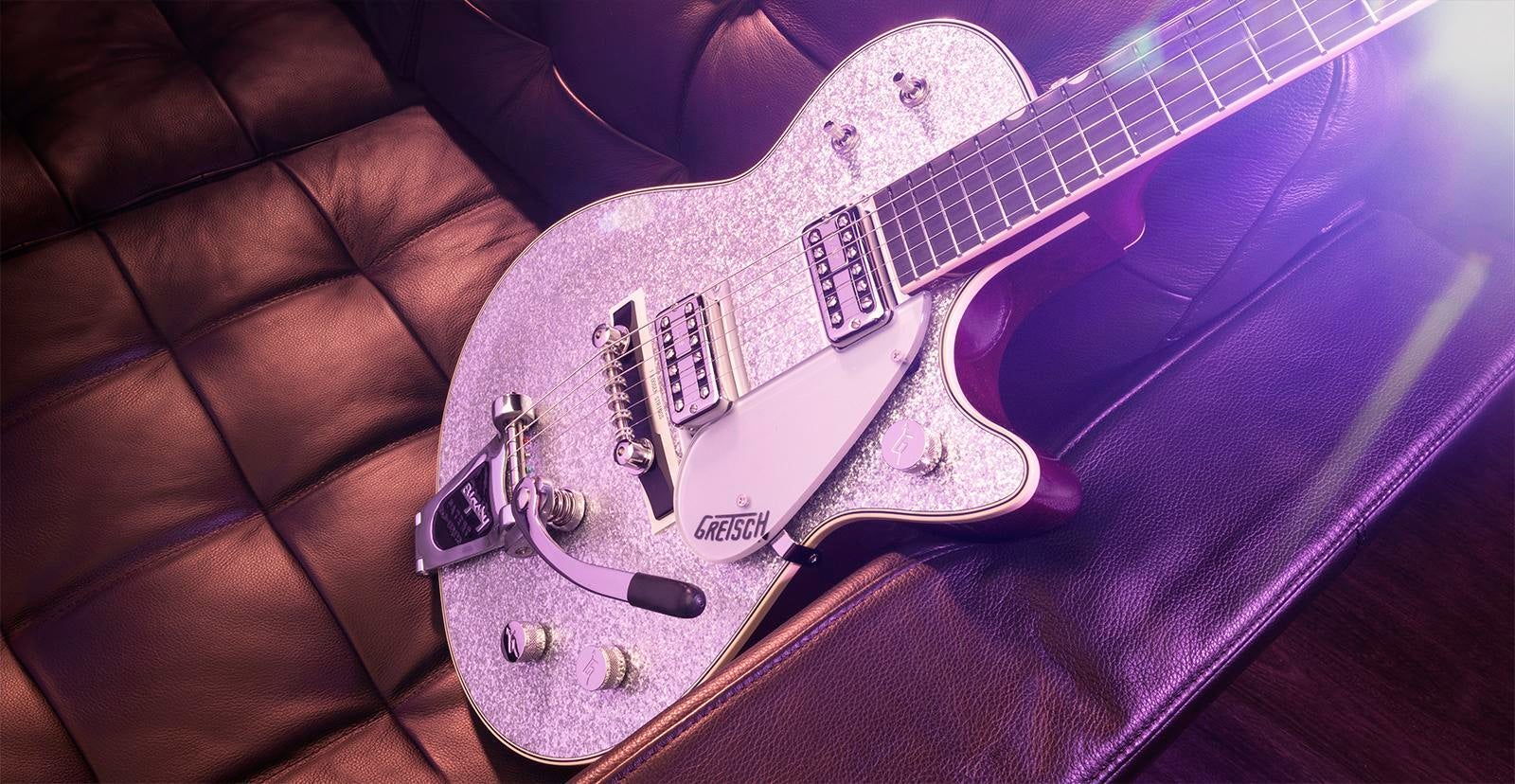
1954: Fender Stratocaster
- Design: Contoured body for comfort.
- Features:
- Three single coil pickups for more tonal flexibility.
- Added a tremolo system.
- Sound: Versatile, with distinct tones from each pickup.
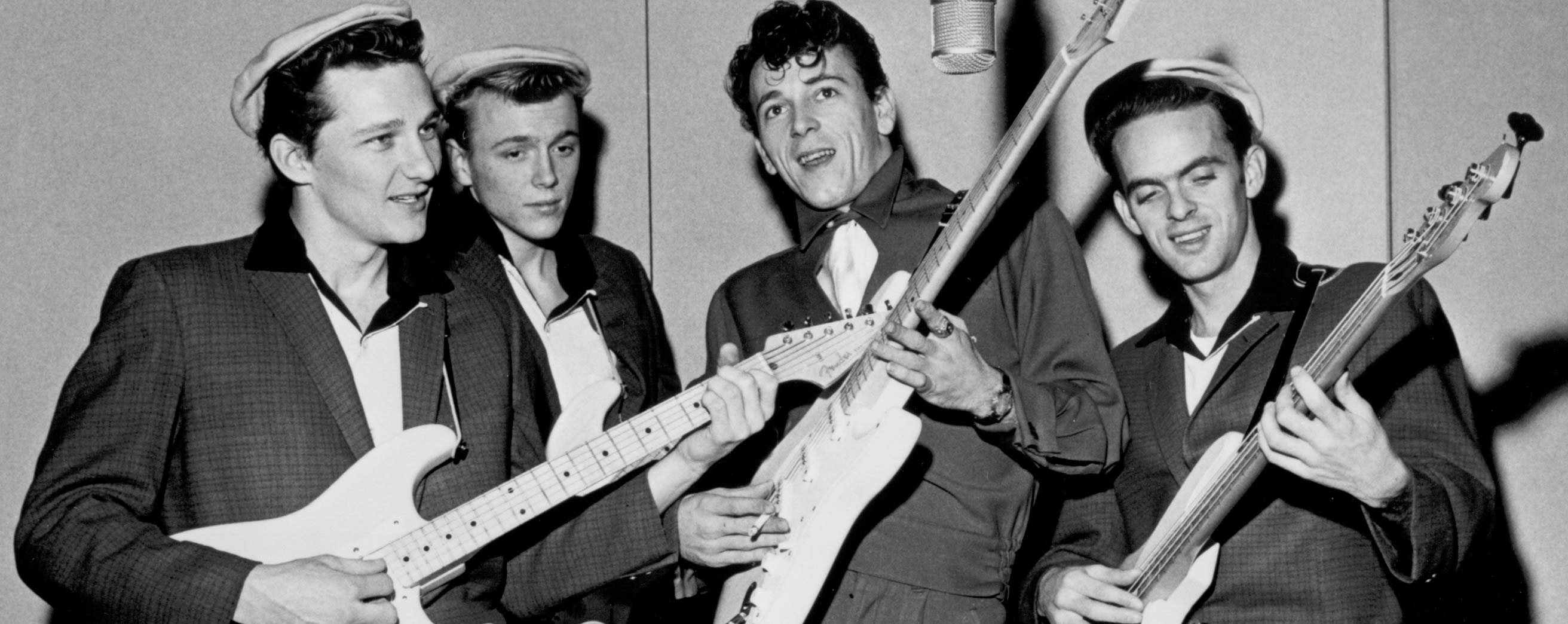
1958: Gibson ES-335
- Design: Semi-hollow body with a solid center block.
- Features:
- F-holes and arch laminated maple top.
- Equipped with humbucker pickups.
- Sound: Versatile, suitable for jazz, blues, and rock.
1958: Fender Jazzmaster
- Design: Offset body shape for balance.
- Features:
- Rosewood fingerboard.
- Unique pickup design for a wider tone.
- Sound: Characteristic overtones, initially aimed at jazz players.

1961: Gibson SG
- Design: Double cutaway, thinner and lighter body.
- Features:
- Fast neck access.
- Marketed as a Les Paul Standard initially.
- Sound: Open and bright, versatile across genres.
1980s: Super Strat
- Design: Evolved from the Stratocaster for metal and hard rock.
- Features:
- High output pickups, extreme tremolo systems, and up to 24 frets.
- Notable Model: Ibanez RG, designed for Steve Vai.

1985: PRS Guitars
- Founder: Paul Reed Smith.
- Design: Modern aesthetics with traditional influences.
- Notable Model: PRS Silver Sky, a modern take on the Stratocaster.
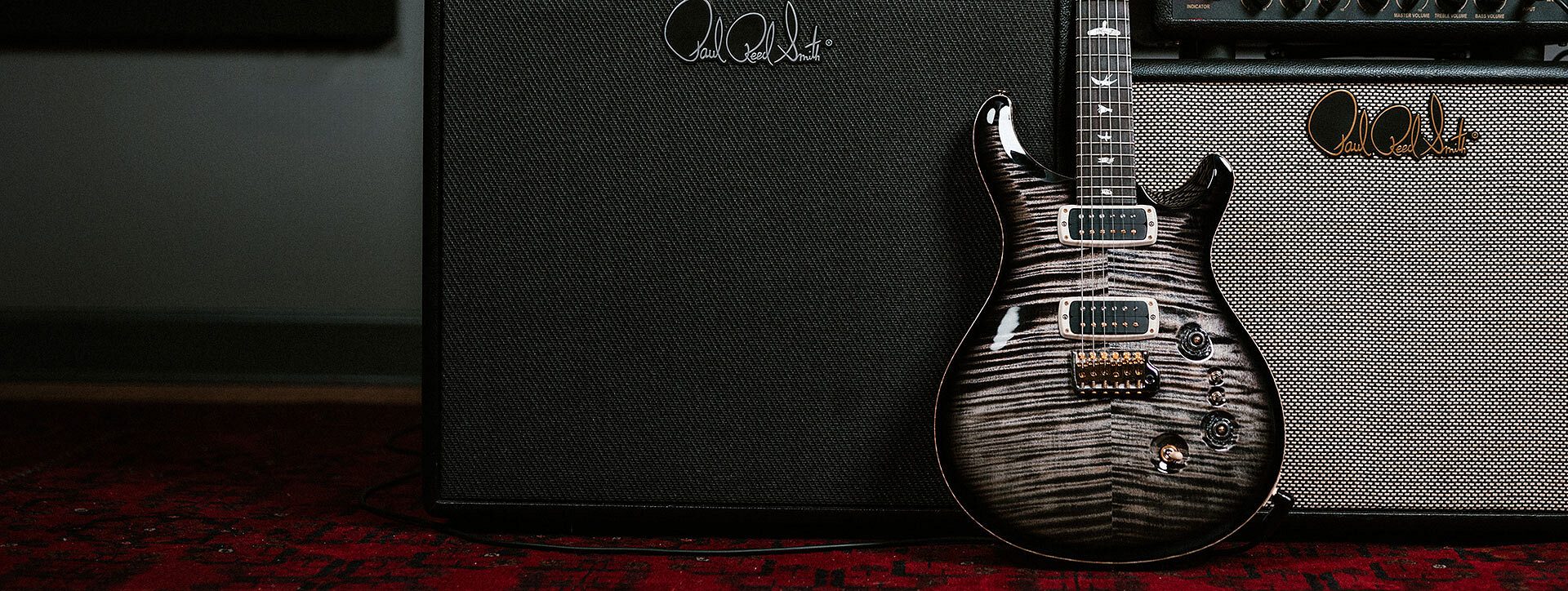
Boutique Guitars
- Smaller companies and individuals creating unique, high-quality instruments.
- Examples include Novo and B&G Guitars, which offer innovative designs inspired by traditional shapes.
Conclusion
- The evolution of electric guitars has shaped music across genres.
- Many modern guitars are inspired by classic designs, but innovation continues.
- The guitar landscape is vast, with numerous brands and models available for players of all styles.
References
- date: 2024.12.10
- time: 22:34







